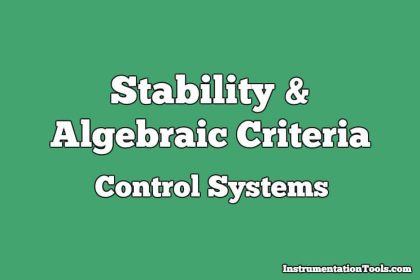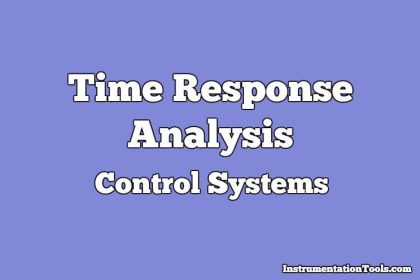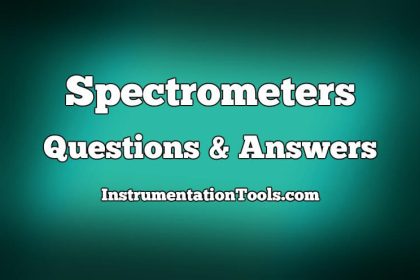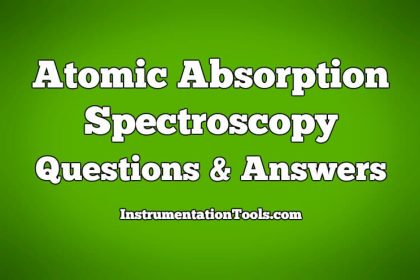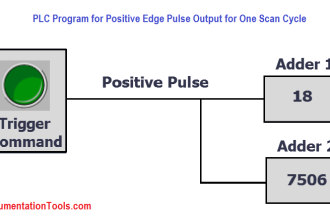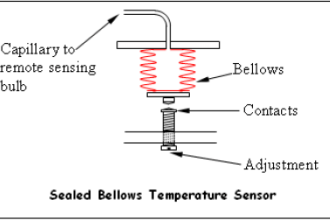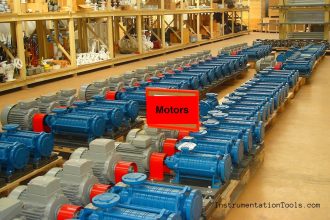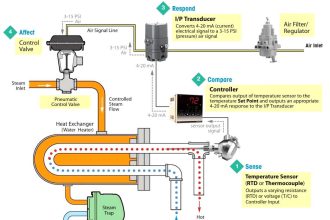Ion Selective Electrodes Questions and Answers
1. Which of the following is not the characteristic of ion selective electrodes?
a) It is fragile
b) Easy to use
c) Available in different sizes and shapes
d) It is insensitive to many ions
Answer: a
Explanation: Ion selective electrode is rugged in construction. It is highly selective to a particular ion.
2. In glass membrane electrode, the glass containing 11% Na2O, 18% Al2O3, 71% SiO2 is highly sensitive to which of the following ions?
a) Sodium
b) Hydrogen
c) Nitrogen
d) Chlorine
Answer: a
Explanation: In glass membrane electrode, the glass containing 11% Na2O, 18% Al2O3, 71% SiO2 is highly sensitive to sodium ions. Glass electrodes can be used to measure various ions by changing the glass membrane composition.
3. In liquid membrane electrode, the liquid ion exchanger is held in a porous disc of _____________
a) Solid material
b) Semi-permeable membrane
c) Hydrophobic material
d) Water absorbing material
Answer: c
Explanation: In liquid membrane electrode, the liquid ion exchanger is held in a porous disc of hydrophobic material. It is a water repelling material.
4. In recent liquid membrane electrodes, the porous liquid membrane is replaced with which of the following?
a) Polyvinyl chloride
b) Polyacryl chloride
c) Polyester membrane
d) Polyacryl amide
Answer: a
Explanation: In recent liquid membrane electrodes, the porous liquid membrane is replaced with polyvinyl chloride membrane. The measured potential is a direct measure of concentration of specific ion.
5. Which of the following is used in potassium electrode in liquid membrane electrodes?
a) Ionomycin
b) Valinomycin
c) Nonactin
d) Gramicidin
Answer: b
Explanation: Valinomycin is used in potassium electrode in liquid membrane electrodes. It is a doughnut shaped electron rich pocket.
6. In solid state membranes, the body of the electrodes are made of which of the following?
a) Polyvinyl chloride
b) Plastic
c) Polythene
d) Teflon
Answer: d
Explanation: In solid state membranes, the body of the electrodes are made of Teflon. The membrane is held in position using epoxy resin.
7. Which of the following is not the characteristic of ion selective electrodes?
a) Simple to use
b) Inexpensive
c) Narrow concentration range
d) Operates in wide range of temperature
Answer: c
Explanation: Ion selective electrodes have wide concentration range. It is highly selective to a particular ion.
8. Ion selective electrode are unaffected by colour or turbidity of the solution.
a) True
b) False
Answer: a
Explanation: Ion selective electrode are unaffected by colour or turbidity of the solution. It operates in wide range of temperature.
9. Which of the following is not a problem of ion selective electrodes?
a) Interference with other ions
b) Output is influences by ionic strength
c) Drift in electrode potential during a sequence of measurements
d) Can measure only positive ions
Answer: d
Explanation: Ion selective electrodes can measure both positive and negative ions. It is affected by interference from other ions.
10. Which of the following is the effective concentration measured at the electrode head?
a) Selectivity co-efficient
b) Ionic strength
c) Activity
d) Activity co-efficient
Answer: c
Explanation: Activity is the effective concentration measured at the electrode head. Concentration is different from activity.
11. The value of activity co-efficient is always in which of the following ranges?
a) Zero
b) Less than zero
c) Less than 1
d) Greater than 1
Answer: c
Explanation: The value of activity co-efficient is always less than 1. It is the ratio of activity divided by concentration.
12. Which of the following specifies the relation between ionic strength and activity co-efficient?
a) Directly proportional
b) Inversely proportional
c) Equal
d) No particular relation
Answer: b
Explanation: Activity co-efficient and ionic strength are inversely proportional to each other. If the ionic strength increases, the value of activity decreases.
13. The difference between measured activity and actual concentration becomes higher at higher concentration. Is this statement true or false?
a) True
b) False
Answer: a
Explanation: The difference between measured activity and actual concentration becomes higher at higher concentration. Similarly, it decreases at lower concentrations.
14. Given below is the diagram of liquid membrane electrode. Identify the unmarked component.
a) Solid material
b) Semi-permeable membrane
c) Hydrophobic material
d) Water absorbing material
Answer: c
Explanation: The unmarked component is porous hydrophobic material. It holds the liquid ion exchanger.
15. Ion selective electrodes have ________ linear range and _________ detection limit than the pH electrode.
a) Lower, lower
b) Lower, higher
c) Higher, lower
d) Higher, higher
Answer: b
Explanation: Ion selective electrodes have lower linear range and higher detection limit than the pH electrode. It works on effectively narrow pH.
